What are the best ways for you to make sure that you and your family get a high in fiber foods in your diet? There are a couple of ways that we can try and answer this question. Firstly, we could give you a shopping list of different types of food. Secondly, we can give you the principles on which to make eating decisions.
The first is quicker but is never going to be the complete story. The second requires slightly more thought but will serve you a lot better in the long run. Regardless, we’ll do both!
The basic principles for eating high in fiber foods
Let’s start with principles. Dietary fiber is found in all intact plant materials, and this is where the majority of the fiber you should be consuming will be. (For a description of what exactly fiber is see our article What Fiber is?). The best way to make sure you get fiber is to eat as much intact plant material as possible. And when I say intact, I mean intact. Don’t peel your potatoes and carrots!
Cooking can make fibrous material more easy to consume, but it can also decrease the fiber content of foods. So as a simple broad brush statement, eating as much raw whole plant material is best. Snacking on raw carrots and celery (with a dip if needed!) can be a great source of fiber.
By and large, the more processed it is, the less fiber it tends to contain. There’s nothing that means that food processing needs to get rid of fiber, its just the way the industry typically works.
Examples of high in fiber foods
Below you can find a high fiber foods list that we collected. It shows some of the particularly high in fiber foods that you can choose.
FRUITS
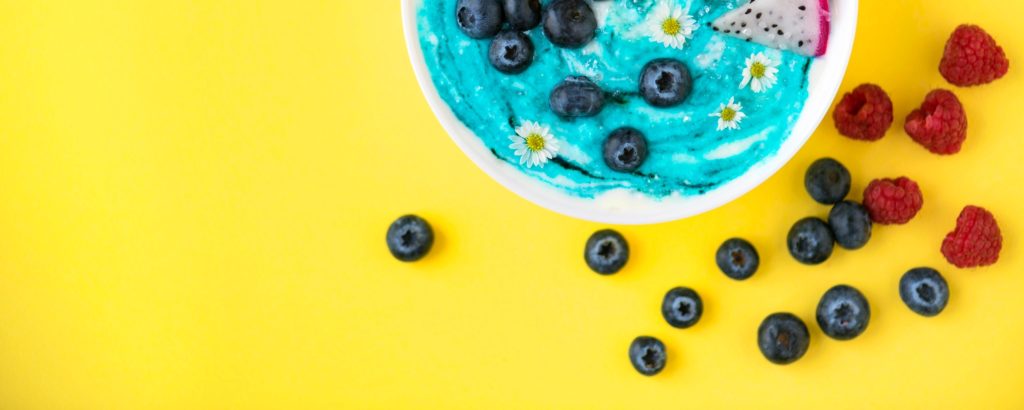
- bananas – they contain 2.6 g fiber per 100 g and are a good source of a type of dietary fibre called resistant starch.
- oranges – they contain 2.4 g fiber per 100 g and contain 1 g fiber per 20 Calories.
- apples – they contain 2.4 g fiber per 100 g. Make sure you eat the peel, otherwise you’ll lose half the fiber!
- strawberries – they contain 2 g fiber per 100 g, and contain 1 g fiber per 16 Calories.
- raspberries – they contain a massive 7 g fiber per 100 g, and 1 g fiber per 7.5 Calories.
VEGETABLES
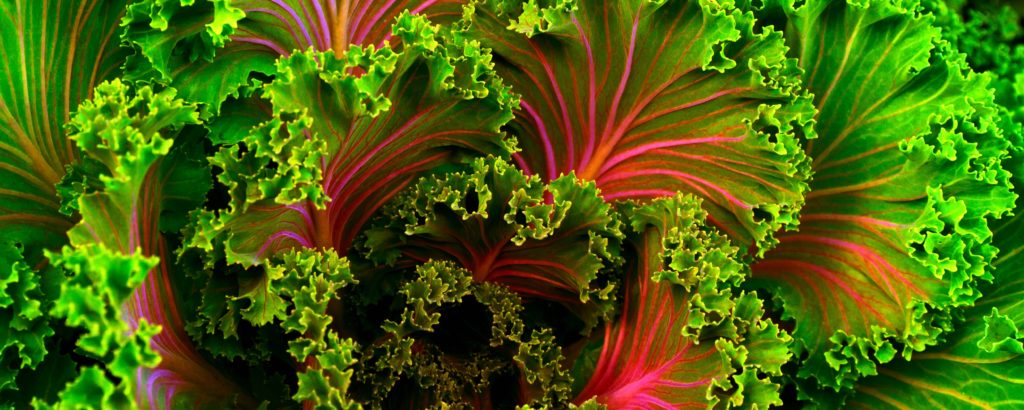
- carrots – they contain 2.8 g fiber per 100 g.
- cabbage – they contain 2.5 g fiber per 100 g including 1 g fiber per 10 Calories.
- celery – contains 2 g fiber per 100 g including 1 g fiber per 7.5 Calories.
- broccoli – contains 2.6 g fiber per 100 g including more fiber than sugar!
- spinach – they contain 2.4 g fiber per 100 g.
- artichokes – they contain 5 g fiber per 100 g, and 5 x as much fiber as sugar.
- potatoes – they contain 2.2 g fiber per 100 g. But they contain only 1 g fiber per 35 Calories, because they have so much starch.
BEANS & LEGUMES
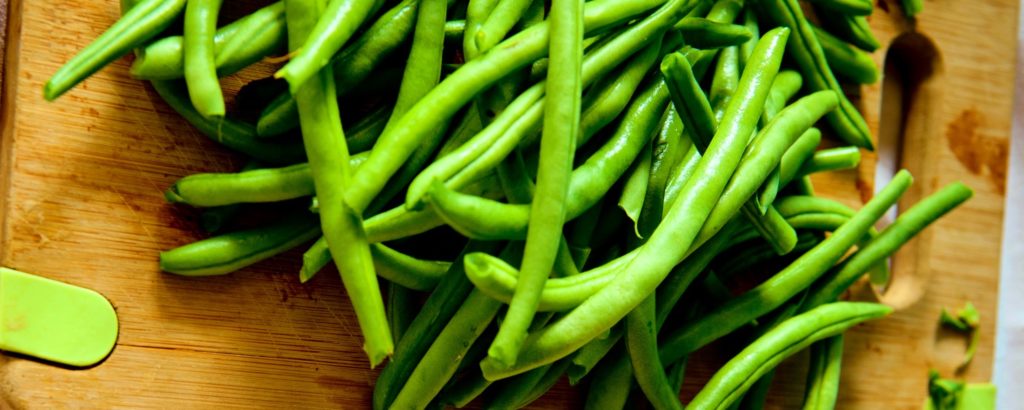
- chickpeas – they contain 17 g fiber per 100 g.
- kidney beans – they contain 25 g fiber per 100 g. But they’re packed with carbs as well as fiber and so contain 1 g fiber per 13 Calories.
- peas – they contain 5 g fiber per 100 g.
- lentils – they contain 8 g fiber per 100 g.
BREADS & GRAINS
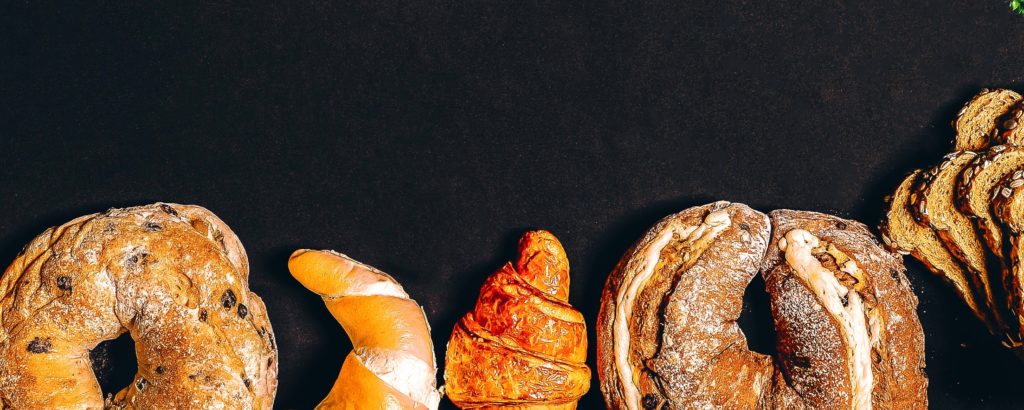
- Whole grain breads:
- dark rye – contains 4 g fiber per 100 g.
- wholemeal – contains 7 g fiber per 100 g.
- for contrast, white bread has 2.7 g fibre per 100 g.
- Grains:
- bulgur – contains 18 g fiber per 100 g.
- brown rice – contains 1.8 g fiber per 100 g.
- for contrast, white rice has 0.4 g fiber per 100 g.
NUTS
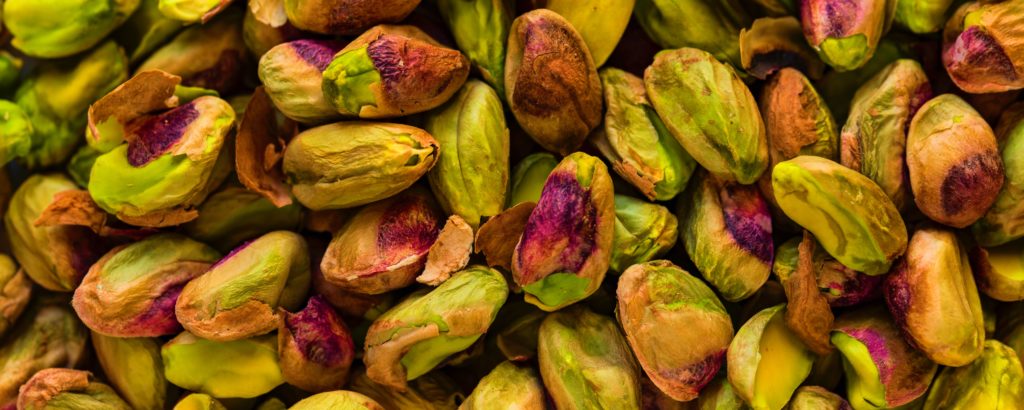
- almonds – they contain 12 g fiber per 100 g, but only 1 g fiber per 50 Calories.
- pistachios – they contain 10 g fiber per 100g, but only 1 g fiber per 56 Calories.
- pumpkin – they contain 18 g fiber per 100 g, including 1 g fiber per 25 Calories.
- sunflower seeds – they contain 9 g fiber per 100 g, including 1 g fiber per 65 Calories.
